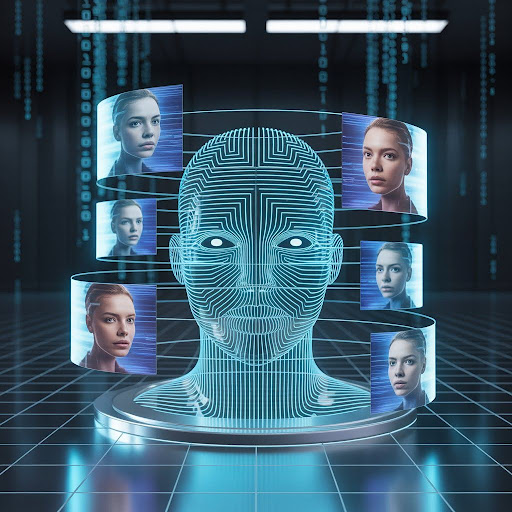
"It is an influential technology that manipulates audio and video content using the methods of artificial intelligence (AI) and deep learning and has brought about a novel dimension of media production. Although the possibilities offered by deepfakes are hard to deny, the technology is also severely threatening privacy, security, and trust in the population, so now more than ever, detection of deepfakes is highly important."
"Deepfake engineering is fundamentally based on neural network training (usually Generative Adversarial Networks (GANs)) to produce extremely real synthetic media. The AI algorithms will be able to replicate voices, change faces, even generate a whole video sequence that looks absolutely real to the untrained human eye."
"Deepfake technology has gained considerable popularity in AI research although it was initially a niche discipline. Since Hollywood production houses have been improving visual effects, to the makers of content on social media trying out digital face swaps, the applications are as far-lived as they are captivating."
Deepfake engineering uses neural-network training, often Generative Adversarial Networks, to produce highly realistic synthetic audio and video. AI algorithms can replicate voices, change faces, and generate entire video sequences that appear authentic to untrained viewers. Creation requires large collections of pictures or videos of a target, which are used to train models to imitate facial expressions, voice patterns, and other biometrics. Applications span Hollywood visual effects to social-media face swaps, driving wider popularity. Malicious uses include misinformation, fraud, and privacy invasion through fabricated videos of public figures and private individuals. Rapid advances in detection algorithms aim to identify and mitigate artificial-content harms.
Read at Socpub
Unable to calculate read time
Collection
[
|
...
]